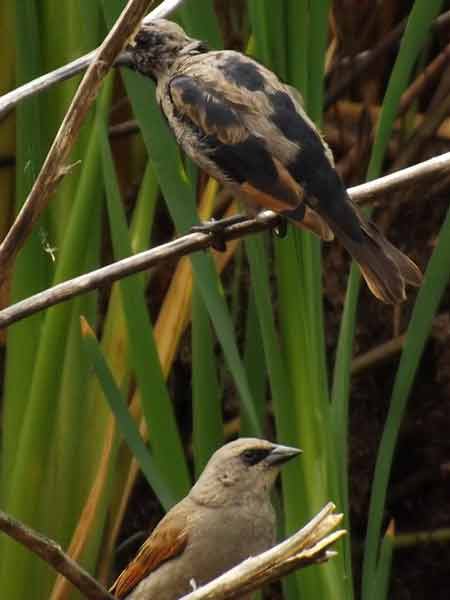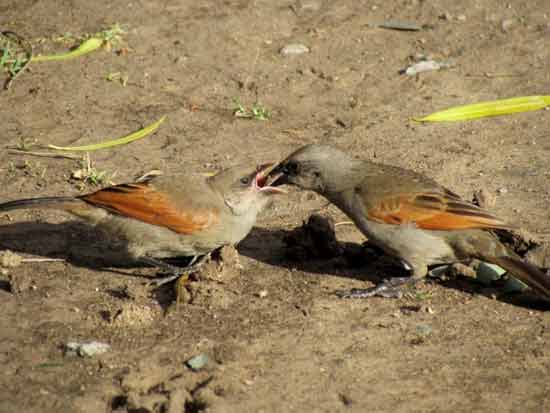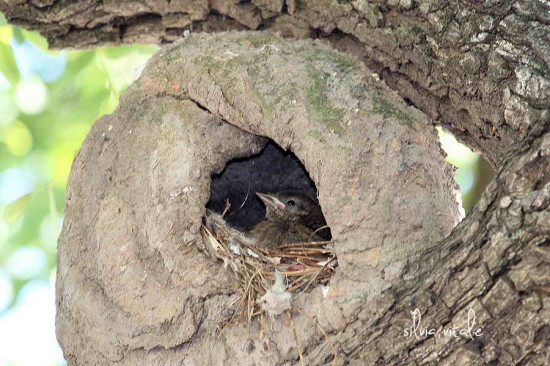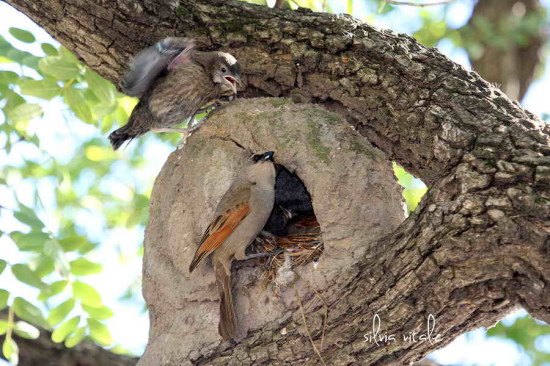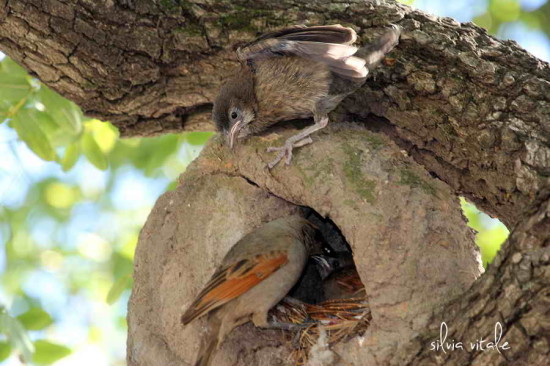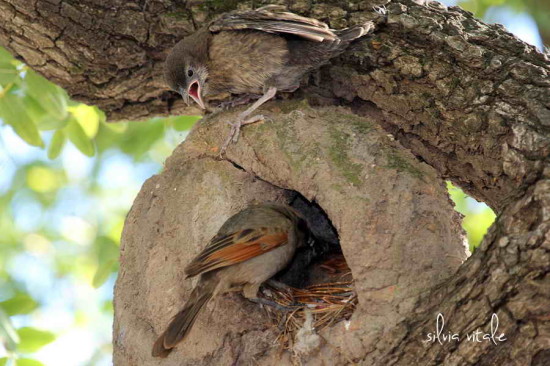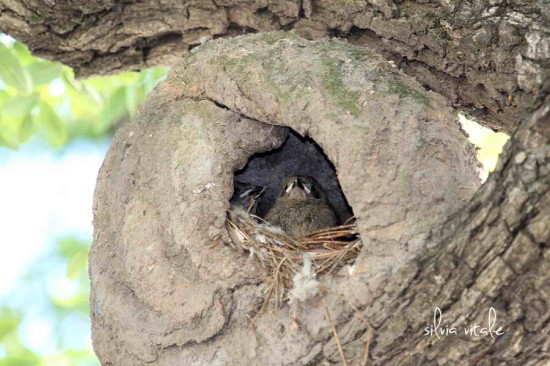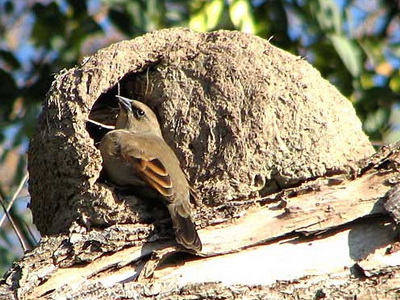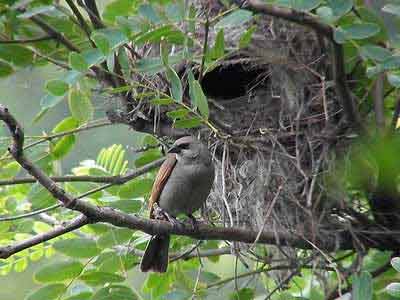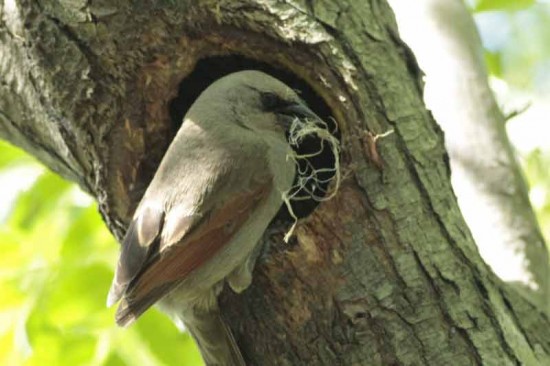Order: Passeriformes (Oscines) - Family: Icteridae
Status: Resident - Frequent - Breeder. Habitat: Bushland, grassland and embankments
Previously called Bay-winged Cowbird. The name has been changed so as not to be associated to Molothrus cowbirds which are brood parasites and the Baywing is not. What is more, the Baywing itself is parasitized by Molothrus cowbirds.
All records since January 2014
Sounds
Adult
Breeding
Parasitism by Screaming Cowbird
Parasitism by Shiny Cowbird
Nest
 © Diego Caiafa
© Diego Caiafa © José L. Merlo
© José L. Merlo © José L. Merlo
© José L. Merlo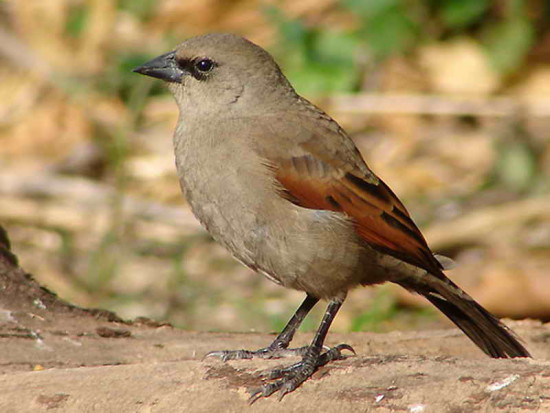 © Jorge García Vicente
© Jorge García Vicente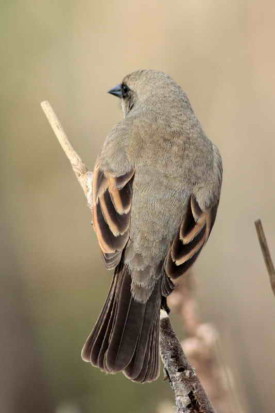 © J. Simón Tagtachian
© J. Simón Tagtachian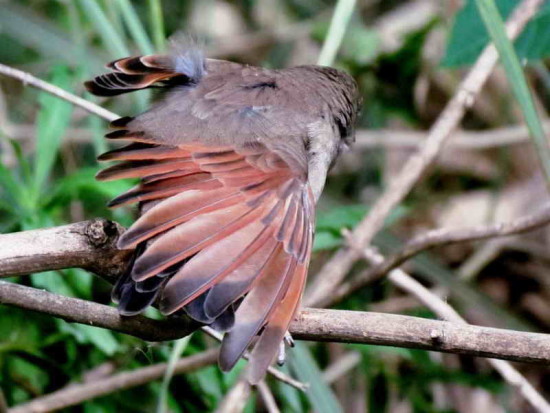 © Carlos González Ledo
© Carlos González Ledo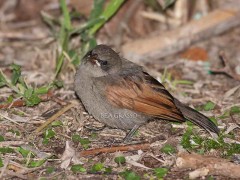 © Bea Grasso
© Bea Grasso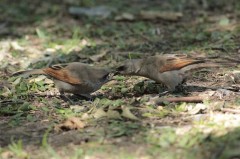 © J. Simón Tagtachian
© J. Simón Tagtachian

